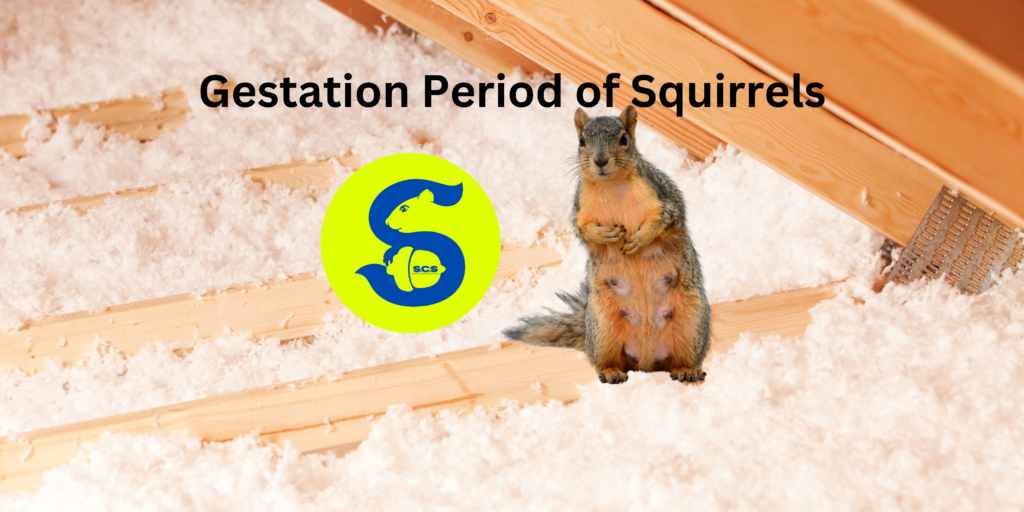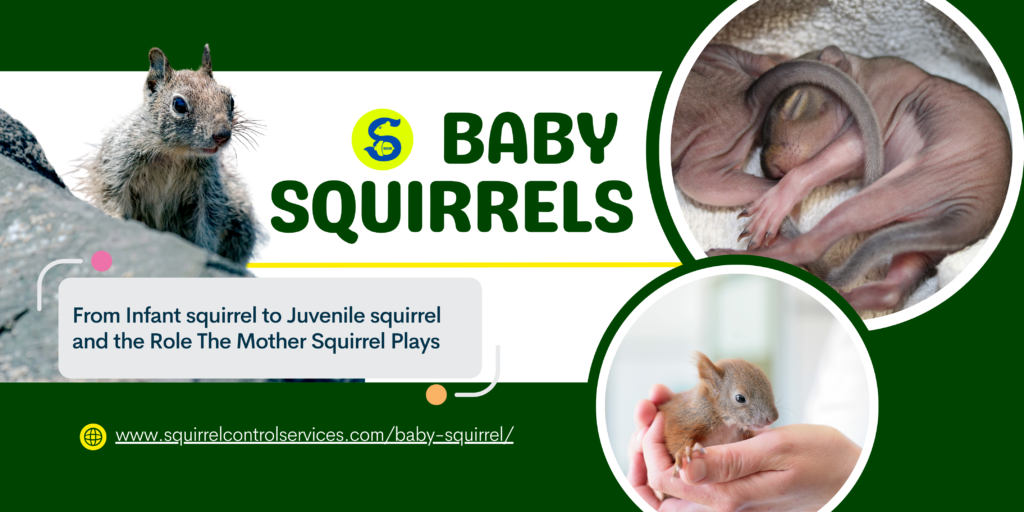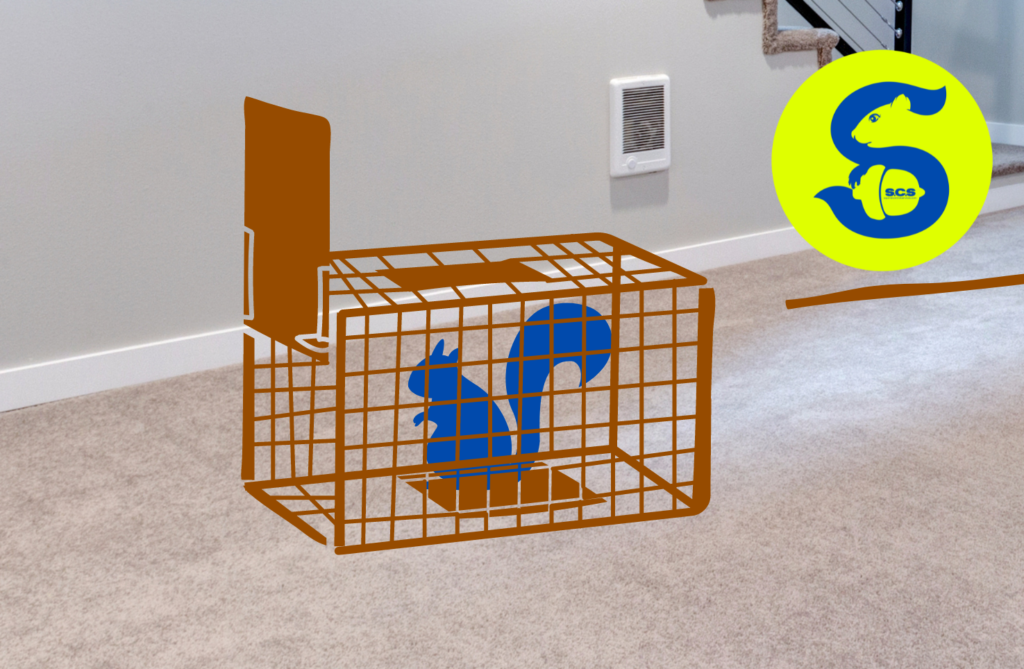The Optimal Season to Remove Squirrels: Is Winter Eviction Inhumane?
Understanding Squirrel Behaviour: Why Timing Matters
Squirrels, particularly in urban environments, have become a common nuisance for homeowners. These small rodents are not just harmless creatures frolicking in trees; they can cause significant damage to your property, especially when they gain access to attics, soffits, and crawl spaces. Understanding the behavioral patterns of squirrels is crucial in determining the best time to remove them effectively and humanely.

Squirrels typically breed twice a year, once in late winter (January to February) and again in late summer (July to August). During these periods, female squirrels seek out secure, sheltered locations to build their nests and raise their young. These nests are often found in attics, chimneys, and other quiet parts of a home. The presence of baby squirrels makes removal more complicated, as separating them from their mothers can be inhumane and may require special handling by wildlife control professionals.
Seasonal Activity Peaks
Squirrels are most active during spring and fall. Springtime sees a surge in activity as squirrels emerge from winter, eager to find food and establish new territories. Fall is marked by a frantic gathering of food for the winter months, leading squirrels to be particularly aggressive in seeking shelter. These peak periods are the most common times homeowners notice squirrel activity and damage.


The Best Time to Remove Squirrels
Early Spring: Before Babies Are Born
The optimal time for squirrel removal is in early spring, just before the birthing season begins. At this time, squirrels are actively seeking nesting sites but have not yet given birth. Removing them before they have babies reduces the risk of dealing with nests of young squirrels, which are more challenging to manage humanely.
Late Summer: Post-Weaning Period
The late summer months, particularly late August to early September, are also ideal for removal. By this time, the second litter of squirrels has been weaned, meaning the young are more independent and can survive on their own if relocated. This timing ensures that you are not disrupting a family of dependent young squirrels, making the removal process more straightforward and ethical.

Avoiding Winter and Mid-Summer
Winter is the least effective time for squirrel removal. During the cold months, squirrels are less active and more likely to have already established nests with young. Attempting to remove them during this period can lead to prolonged problems, as the cold weather may drive them deeper into your home for warmth. Similarly, mid-summer, when young squirrels are still dependent on their mothers, is not ideal for humane removal.
Humane Squirrel Removal Techniques
One-Way Exclusion Doors
One of the most effective and humane methods for removing squirrels is the use of one-way exclusion doors. These devices allow squirrels to exit your home but prevent them from re-entering. Once all the squirrels have left, the entry points can be sealed to prevent future infestations.

Live Trapping and Relocation
Live trapping is another humane method, particularly useful when dealing with a small number of squirrels. Traps should be placed near entry points or in areas of high activity. Once captured, squirrels can be relocated to a suitable habitat far from residential areas. However, this method requires knowledge of local wildlife regulations, as relocation may be restricted in some regions.
Professional Wildlife Control Services
While DIY methods can be effective, hiring a professional wildlife control service is often the best option, especially for larger infestations. Professionals have the experience and tools necessary to handle the situation humanely and effectively, ensuring that all squirrels are removed and entry points are secured to prevent re-entry.
Preventing Future Squirrel Infestations
Securing Entry Points
After removing squirrels, it’s crucial to seal all potential entry points to prevent future infestations. This includes repairing damaged soffits, securing vents, and ensuring that chimneys are capped. Regular home inspections can help identify weak spots before they become major problems.
Managing Tree Growth and Yard Maintenance
Squirrels often use overhanging tree branches as bridges to access roofs and attics. Regularly trimming trees and managing yard maintenance can reduce the risk of squirrels finding their way into your home. Keeping the area around your home clear of food sources, such as bird feeders and open garbage bins, also deters squirrels from lingering near your property.
Conclusion: Timing and Prevention Are Key
The best time to remove squirrels is early spring and late summer when you can effectively address the problem without causing harm to young squirrels. Utilizing humane removal techniques and securing your home against future infestations will help protect your property and ensure that squirrels are safely relocated to more suitable habitats. For the best results, consider consulting a professional wildlife control service to handle the process efficiently and ethically.
By following these guidelines, homeowners can not only remove squirrels from their homes but also prevent future infestations, ensuring a squirrel-free environment year-round.





